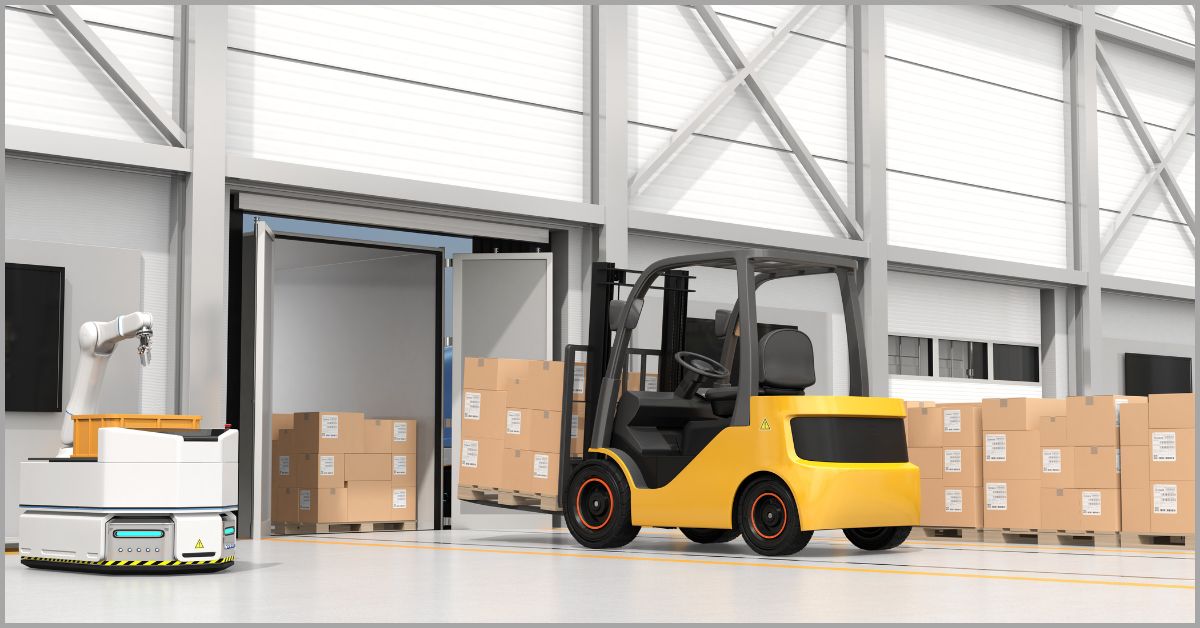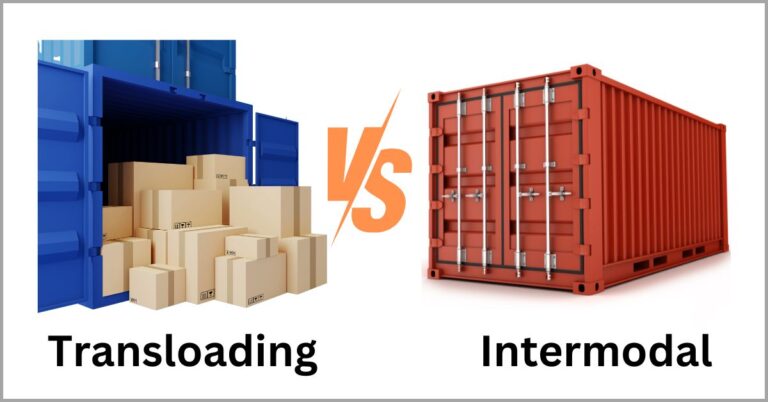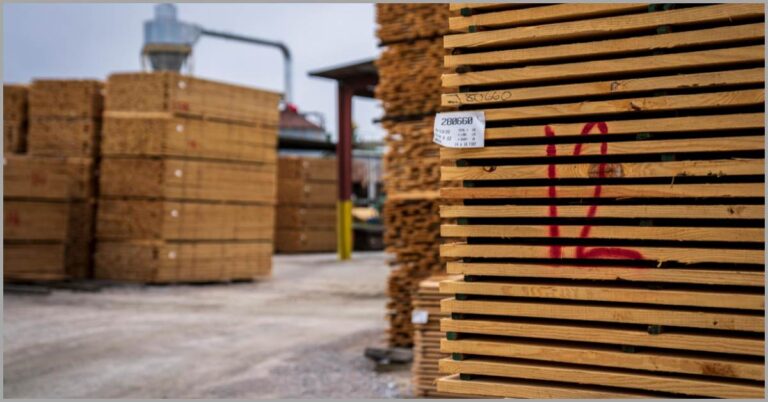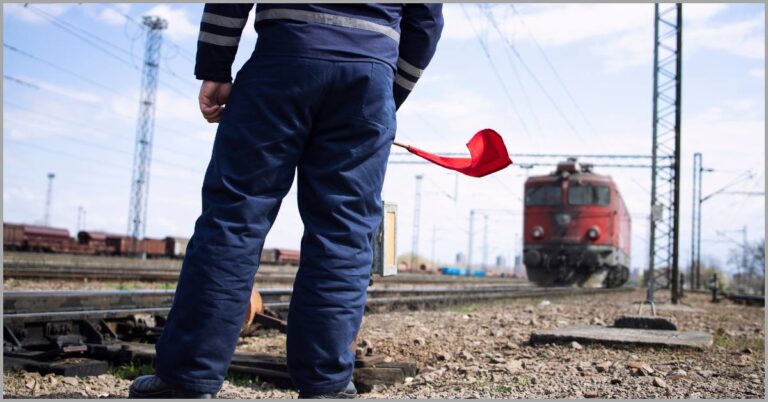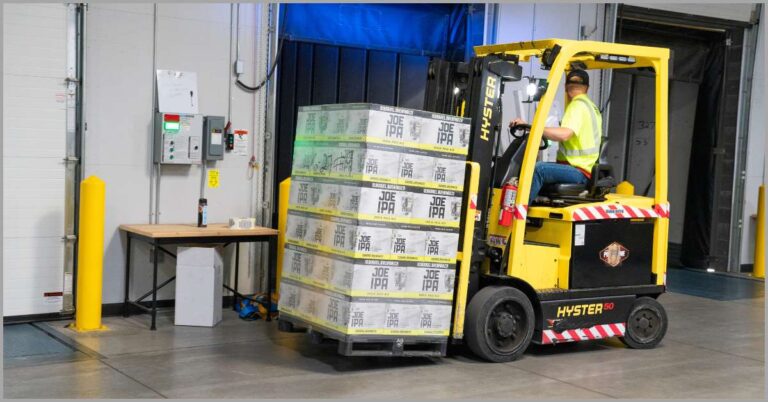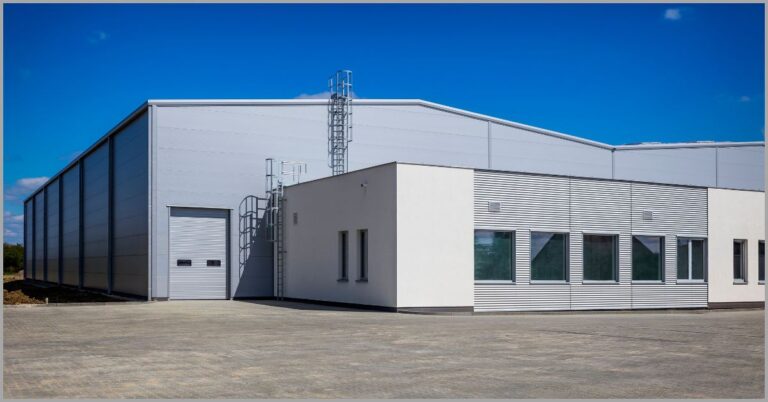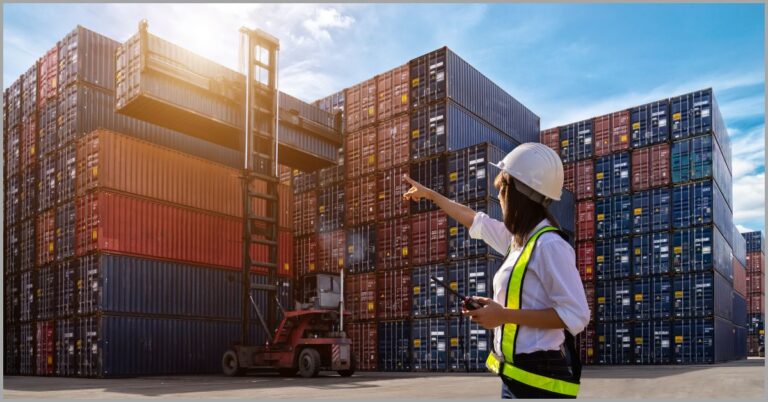5 Main Types of Transloading & How to Choose the Facility for Your Needs
Looking for a great transloading service?
It’s crucial to note that not all transload shipping companies are created equally.
Each transloading partner offers unique specialities and capabilities, and choosing the wrong one can lower your supply chain’s reliability & efficiency.
An NTT survey showed that 92% of shippers noticed improved logistics effectiveness with strategic supply chain partnerships. So expert transloaders are very valuable.
In order to help you find excellent transloading partners for your business, we’ll discuss the different types of transloading facilities, their specialties and what each brings to the table so that you can find the perfect fit.
The information we’ll cover will help you to choose a transloading partner that matches the commodities you want to move to improve shipping efficiency.
If you’d like to learn about improving your business’s regulatory compliance, check out this article I wrote about transloading spill containment for safer operations.
In this article, we’ll discuss the main types of transloading & how to choose the facility for your needs to boost your supply chain’s reliability and cost-effectiveness.
Let’s get started.
What is a transloading facility?
So what is a transloading facility?
A transloading facility refers to any company that performs the loading and unloading of goods during shipping to enable switching between different modes of transportation.
Working with a transloading facility helps you avoid creating a rigid supply chain that’s dependent on one mode of transportation, which increases the risk of disruptions.
In order to avoid this, your transload facility can switch your goods between rail and truck. They’ll use special transloading equipment like conveyors or forklifts to perform the transfer depending on the nature of the commodities you’re shipping.
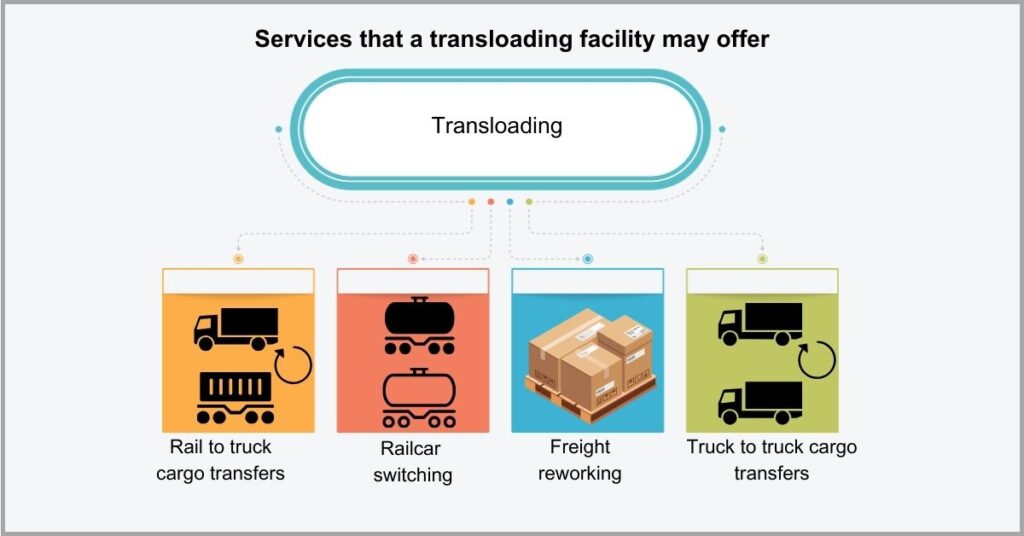
They may even temporarily store your goods in a transloading warehouse until it’s ready for pickup.
By expanding your options and enabling you to diversify your transportation, different types of transloading facilities enable you to improve supply chain flexibility. When this happens, you become more resilient and business risks reduce.
If you’re looking to set up a transloading facility for your business, I recommend investing in transloading management software to hit the ground running.
Click here to start your free transloads.co trial to optimize transloading.
With our software, you can improve inventory tracking, monitor inbound & outbound freight and even digitize key shipping documents to improve transloading efficiency.
The different types of transloading you should know
1. Ship to truck transloading
So what does ship to truck transloading entail?
Ship to truck transloading involves the transfer of shipments, typically ocean freight, directly from the shipping vessel onto trucks to continue with the delivery.
While transporting goods by sea can be cost-effective, it offers very inflexible routes and timetables that can result in shipping delays for your business.
A survey by FourKites discovered that 18% of shippers are worried about port delays and long ocean freight transit times. This made it the third most concerning challenge after high shipping costs and labor shortages.
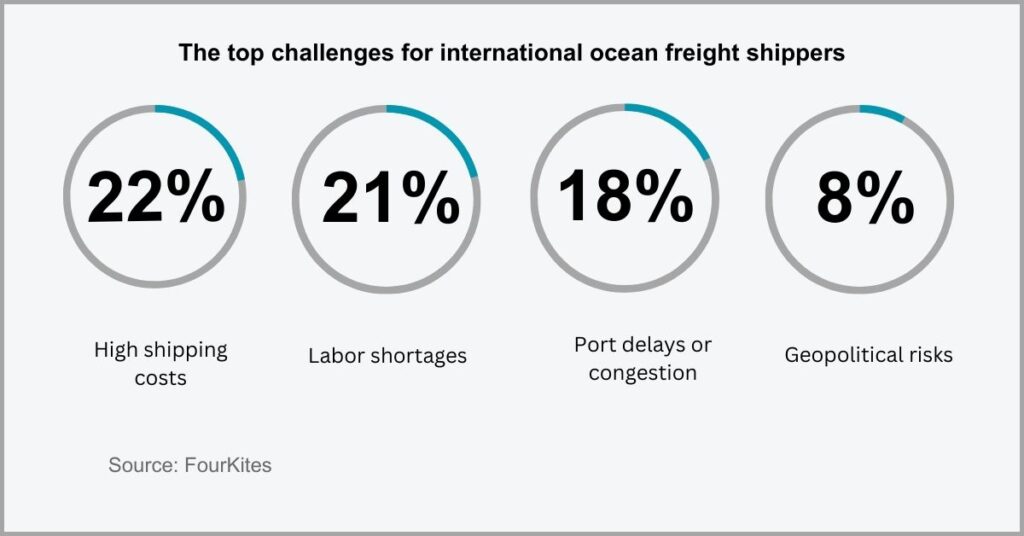
With ship to truck transloading, you can get around shipping delays.
This is because this shipping strategy enables you to use a truck instead of waiting at a congested port for unavailable ocean vessels or containers.
Ship to truck often occurs during transloading and transshipment operations. Once a ship docks at a transhipment hub, special types of transloading facilities will come into play and offload your cargo from the ocean vessel to trucks.
Additionally, it also allows you to utilize extensive road networks for overland shipping. So it enables you to reach other destinations in your supply chain that may not be readily accessible to navigable waterways.
2. Train to barge transloading
A barge is a long, flat and non motorized freight boat.
Train to barge transloading involves switching your cargo from railcars and onto barges.
Barges offer larger cargo carrying capacity compared to trains, with rail unsuitable when you’re transporting very large volumes of freight overseas.
In fact, 60% of grain shipments are moved by barges in the US, according to a study by the USDA. Barges are usually ideal for transporting large bulk freight because one barge can accommodate loads from 15 rail cars.
It is for this reason that barge transloading is done to increase shipping capacity.
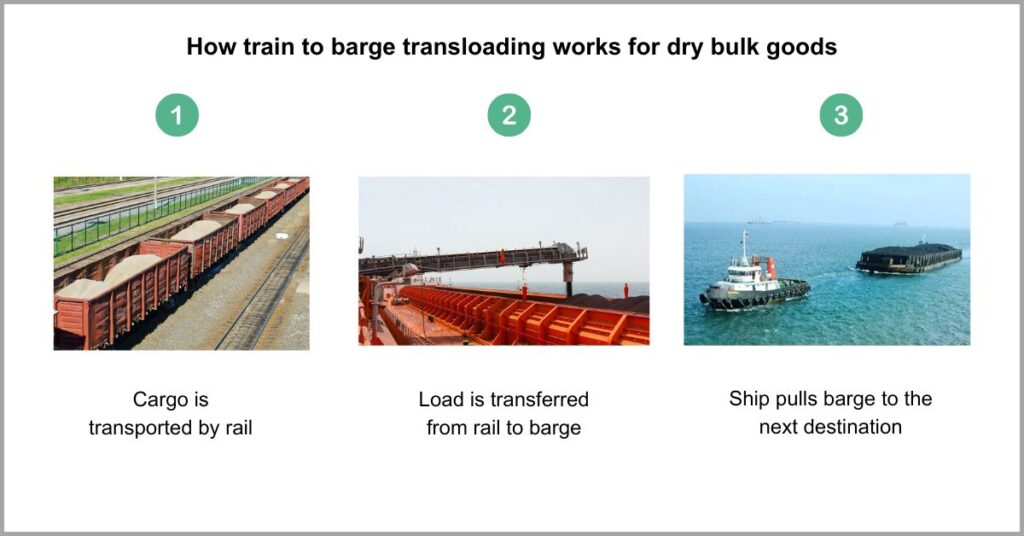
A train to barge transloading facility will typically transfer your freight from railcars to a barge, usually at a sea port.
Depending on your needs, your freight can be moved onto different types of barges.
For instance, your goods may be transloaded to a dry bulk barge when you’re moving minerals, aggregates and other dry bulk products. If you’re transporting liquid bulk goods, you can perform butane transload shipping onto a liquid bulk barge.
Each type of barge has specialized equipment to handle the different properties of each commodity, therefore ensuring the safe and efficient movement of your freight.
3. Truck to rail transloading
Why is truck to rail transloading important?
Trucking is a great way to move cargo in between short distances where rail can’t reach. However, it becomes an expensive form of shipping over long distances.
Long haul freight movement using trucks attracts higher fuel costs and lowers load density, both of which inflate logistics expenses for your business.
A ScienceDirect study revealed that trucks are 5 times less fuel-efficient compared to freight trains. To make matters worse, a single truck can only carry one-quarter the size of a railcar load.
This is why you need to consider different types of transloading facilities to improve shipping cost-efficiency.
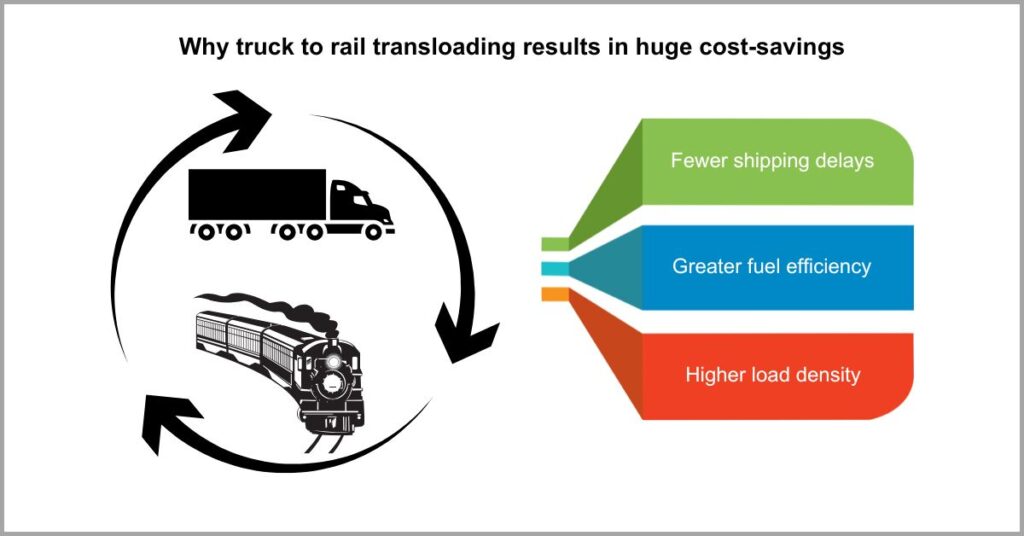
Rail to truck transloading decreases costs in many ways.
First, it enables you to transfer goods to more fuel-efficient rail transportation. It also results in a much higher load density compared to trucks, considering that a single rail car can carry between three and four truckloads of freight.
In order to perform rail to truck transloading, you may need to move your freight to a facility with special infrastructure like rail sidings that enable seamless cargo transfers.
Beyond transferring cargo from trucks to rail, your transloading partner may also perform railcar switching to optimize cargo movements across large rail networks.
4. Intermodal transloading
Transloading may also involve intermodal shipping.
It’s a strategy where your freight stays in the same package, usually called an intermodal container, throughout its shipping journey and even during transloading.
When there’s a lot of material handling, your cargo can be exposed to higher risks of cargo damage and theft, hence the need for intermodal shipping.
A survey by Recoupex revealed that 28% of cargo damages are physical. These can occur at various types of transloading facilities during cargo handling, which attracts risks like rolls, bumps, drops and knocks.
So it’s important to consider intermodal shipping when you’re moving fragile goods.
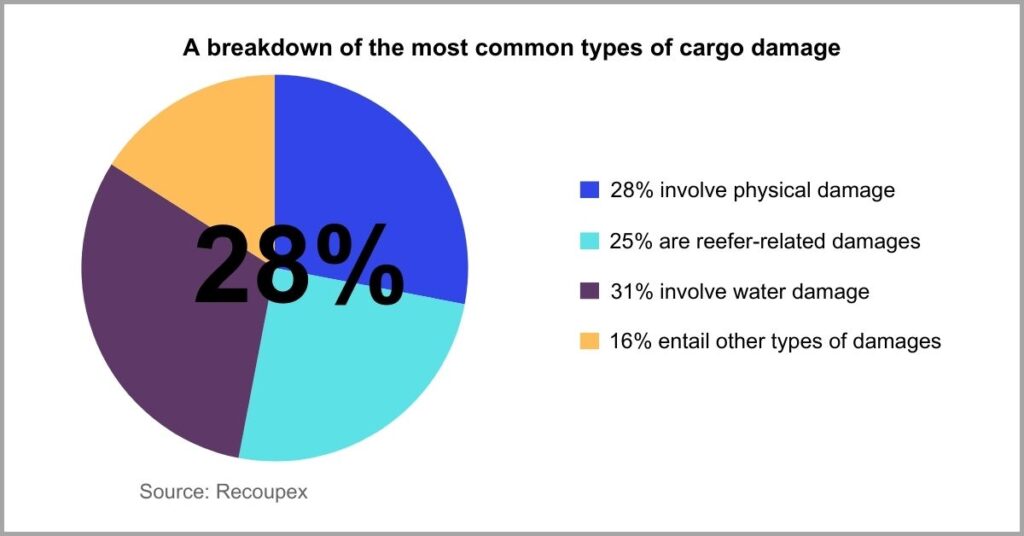
While there are key differences between transloading & intermodal shipping, your transloading partner may still offer this service.
Through the use of cranes and reach stackers, they’ll transfer the full container load without breaking open the shipment. They’ll then move the entire container as it is between different forms of transportation, including trucks, ships or trains.
This makes it a very efficient way of moving bulk cargo safely and very quickly.
Since there’s no need to open the container, there are fewer opportunities for theft while the minimal handling of freight also reduces damage due to falls and breakages.
5. Break bulk transloading
What is break bulk cargo transloading?
It’s a transloading strategy that entails the transfer of non containerized cargo, and it may involve the breakdown of large consignments into smaller shipments.
Break bulk transloading is especially ideal when you’re shipping oversized items that can’t fit in containers and therefore attract unique logistics requirements.
A study by MMR showed a 4% increase in transportation demand for oversized cargo in 2023. As more shippers are encountering the need to move oversized freight, many are turning to break bulk transloading to make this happen.
That said, not all types of transloading facilities can handle your oversized freight needs.
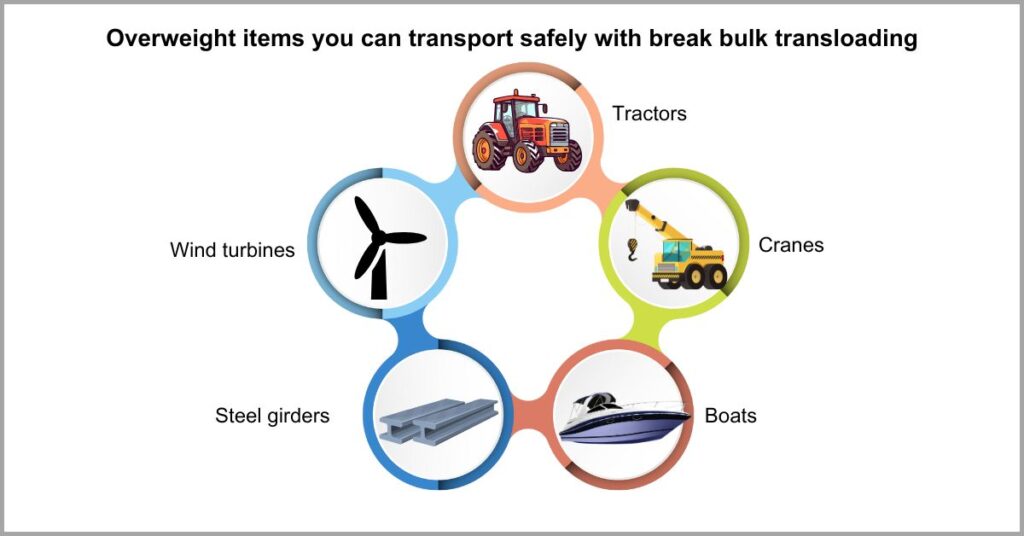
I recommend considering one with special transloading equipment for heavy freight hauling, which enables the safe transfer of bulk goods to avoid damage to your cargo.
But a break bulk transloading facility isn’t just great for oversized items.
They can also be useful when you’re moving bulk cargo that you need to package into drums, crates or pallets to enable freight deconsolidation.
In such cases, break bulk transload facilities may offer these freight reworking services and even temporary warehousing. This enables you to break down a large consignment of bulk goods into shipments that you can send efficiently to several recipients.
How to choose the right transloading facility
I. Consider location
Geographical location can be a deal-breaker.
This is because it directly affects the profitability of your shipping strategy, especially when you’re looking to haul freight across very long distances.
When you choose a transloading facility that’s far away from crucial transport hubs, you’ll experience longer transit times and higher shipping expenses.
In fact, 50% of shippers said that cutting shipping costs is the biggest challenge they face, according to a survey by Statista. With this expense directly affecting your bottom line, it’s essential that you find ways to keep it down and protect your revenue.
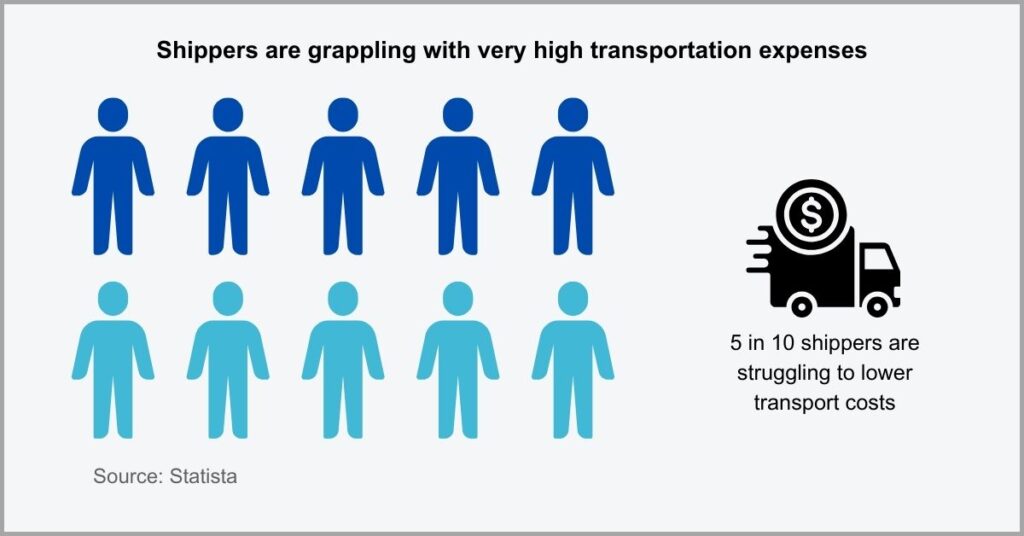
One way to do that is by considering the location of your transloading partner.
Typically, the best transloading facilities are located in close proximity to busy transport hubs in a bid to get customers. It’s crucial to note, however, that these locations may not always be suitable depending on your shipping lines and how often they change.
This is why I recommend considering transloading services that are close to important shipping lines for your business, be that a railroad, port or trucking service.
When this happens, you reduce the distance you need to move freight, therefore decreasing transportation costs and increasing profits for your business.
II. Review technologies
What technologies does the company use?
It’s essential to consider whether it provides technologies with important features such as real-time tracking that allow you to monitor your shipment.
When you have poor supply chain visibility due to the technological shortcomings of a transloading partner, risks & opportunities can go unspotted.
A survey by Ti-insight brought to light that 57.4% of shippers consider a carrier’s ability to provide real time shipment monitoring before giving them their business. I advise doing the same to ensure that there are no gaps in terms of the visibility of your supply chain.
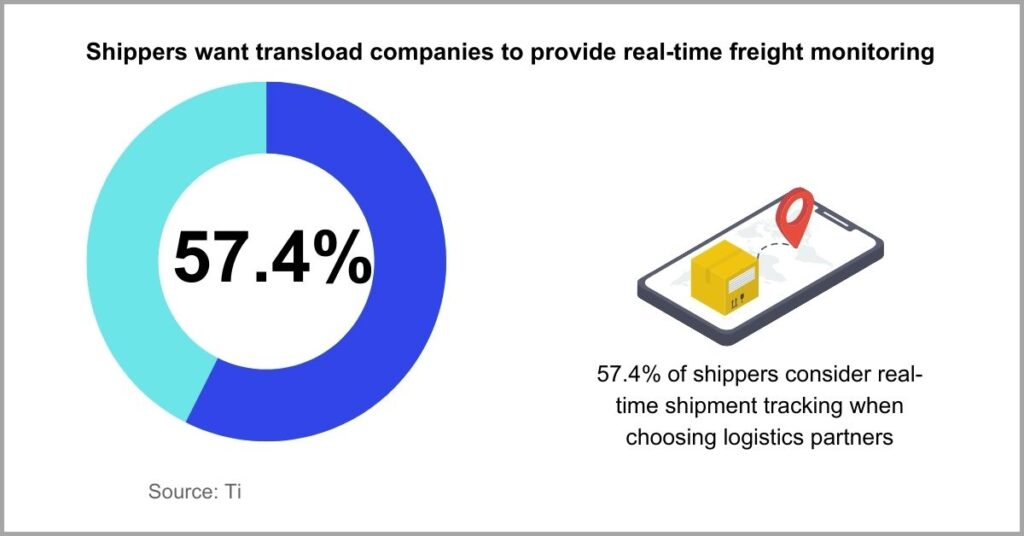
Different types of transloading facilities have different tools to match their speciality.
However, at the very least, your potential shipping partner should offer technologies that provide essential transload management software features such as real-time tracking, which can improve shipping efficiency.
With these features, you can track freight movements throughout your business’s supply chain. This unearths data that makes it easy to spot and avoid risks and also capitalize on opportunities to optimize routes and make other strategic decisions.
Overall, choosing a transloading partner that offers the technologies that enable real-time monitoring can greatly improve efficiency & transparency during shipping.
III. Examine networks and partnerships
Shipping involves so many moving parts.
You may also need to team up with carriers, freight forwarders and other important supply chain partners to take care of other important logistics needs.
By partnering with well-connected transloading facilities, you can avoid the headache of sourcing proven logistics partners across your supply chain.
Unfortunately, for 51% of shippers, forging supply chain partnerships is difficult, according to a Breakthrough study. If this is a big struggle for you, it’s in your best interest to prioritize transloaders with established partners and networks.
The result is more end-to-end shipping with less logistics coordination work for you.
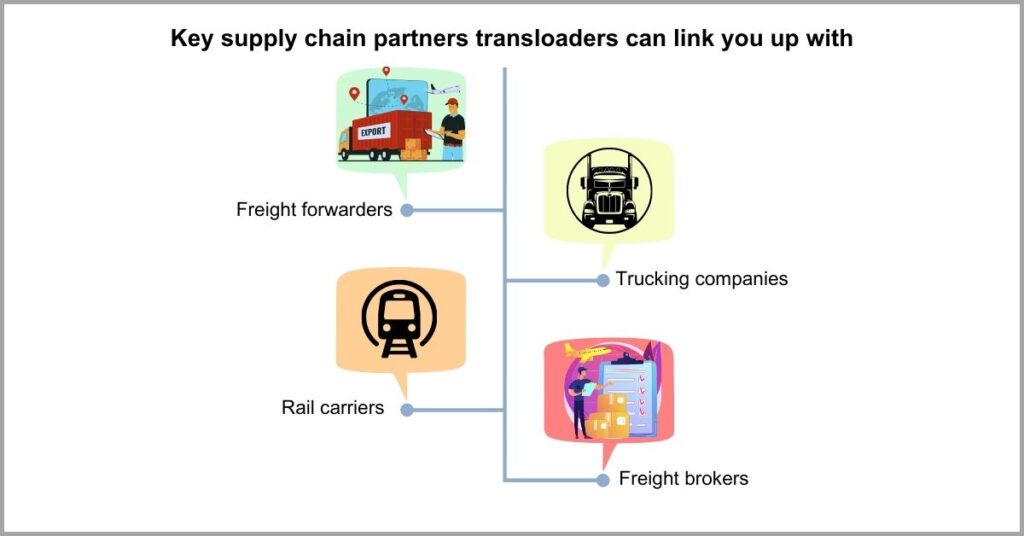
If you pair up with a diverse network of partners, including rail and trucking companies and possibly even sea freight shippers, it becomes easier to handle complex logistics needs for your business by leveraging their industry connections.
Speaking of partnerships, we also provide transloading consulting services that can help you enhance your transload shipping operations.
Click here to get our premium support services to your business’s logistics.
With our assistance, you can optimize transloading operations or set up a new transload yard from scratch to help you squeeze even more value out of your supply chain.
IV. Think about cargo Insurance
Cargo insurance is a must-have during shipping.
Anything can happen that results in cargo damage during transloading, including the physical damage of your freight, theft and even natural disasters.
If you choose a transloading facility that doesn’t offer the right cargo insurance, you’ll expose your business to the risk of huge supply chain losses.
A study by UPS Capital revealed 20% of shippers expect there’ll be a greater need for shipping insurance in the coming years. They credit this to increasing cases of freight loss, damage and expiry that have recently gotten out of hand.
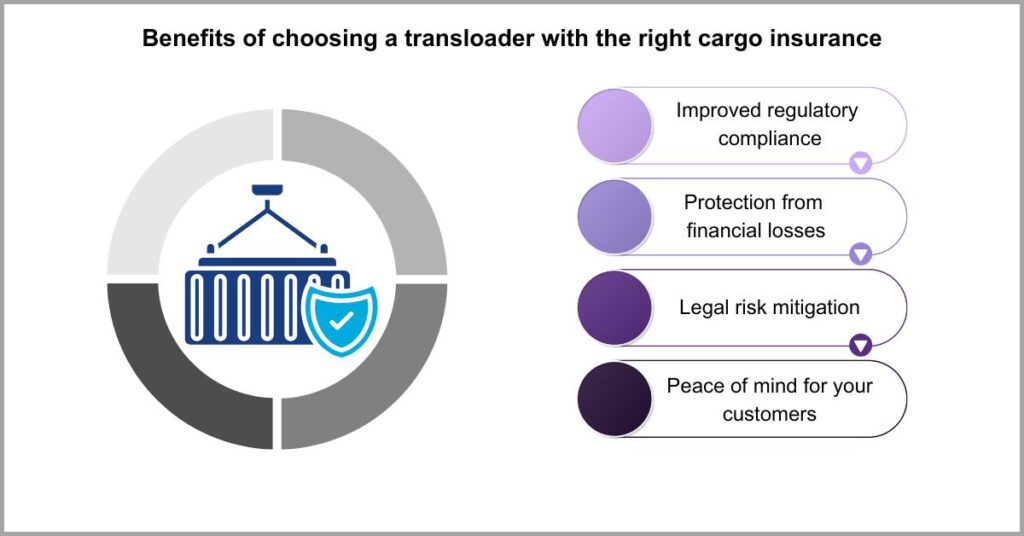
So does the company offer cargo insurance protection?
I advise going with a shipping partner that offers this to ensure you’re reimbursed in case of spoilage, breakage and other transloading mishaps.
That said, it’s also necessary to analyze the type of insurance provided.
If you’re looking for butane transload shipping, for instance, you want to check that they offer butane and propane hauling insurance that protects against its unique risks.
By scrutinizing the type of insurance, nature of goods covered & terms of the insurance policy, you can avoid disputes and ensure the policy addresses your risk factors.
V. Assess storage capacity
Will you require storage for your freight?
Depending on your requirements & the urgency of your shipment, among other factors, you may need to temporarily store freight to facilitate your distribution operations.
If a transload facility lacks enough capacity to handle the size of your shipment, you’ll incur extra logistics and warehousing expenses for your business.
A study by NTT discovered that 63% of shippers outsource their warehousing needs. While some do so to lower their logistics burden, others are forced into it because shipping partners lack sufficient storage capacity to match their shipment volumes.
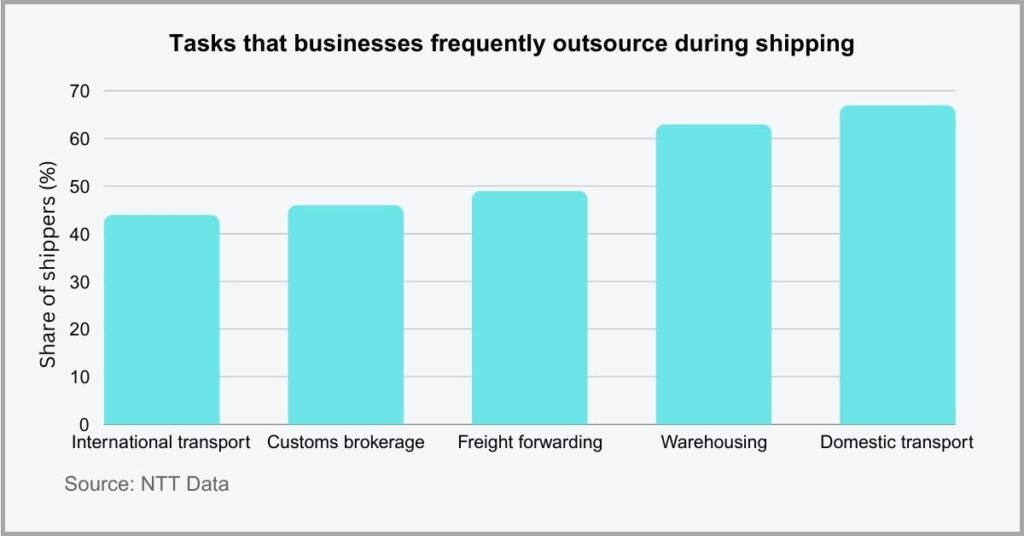
So it’s crucial to consider a transloading partner that provides enough storage to meet your shipping requirements. This is especially important if you’ll be moving a lot of high-volume shipments using this service and want to avoid hold ups.
That said, you should also look into transloading and cross docking and consider the different types of transloading facilities that offer these services. They’re a great option if you don’t need storage but instead want to ship cargo quickly in your supply chain.
By choosing a facility that has the right storage capacity, you’ll reduce the need to outsource your warehousing needs, which increases efficiency and cost-effectiveness.
Conclusion
Choosing a great transloading facility is crucial.
It affects the cost-effectiveness of your shipping strategy and supply chain overall.
When you choose the right transload facility, you get access to competitive rail freight rates to avoid high shipping costs that can cripple your logistics.
A Parcel Survey showed that 82% of shippers noticed an increase in carrier rates since 2020. It’s a trend that’s forced them to make drastic changes to stay profitable like increasing product prices.
Choosing the right types of transloading facilities to partner with, however, leads to better carrier rates. And just like how choosing the right transloader is key for improving profitability, so too is investing in the right technology.
Click here to start your free transloads.co trial of our transload management software.
It improves logistics visibility with real-time tracking and you also get a secure customer portal to streamline collaboration with transloaders and other supply chain partners.

